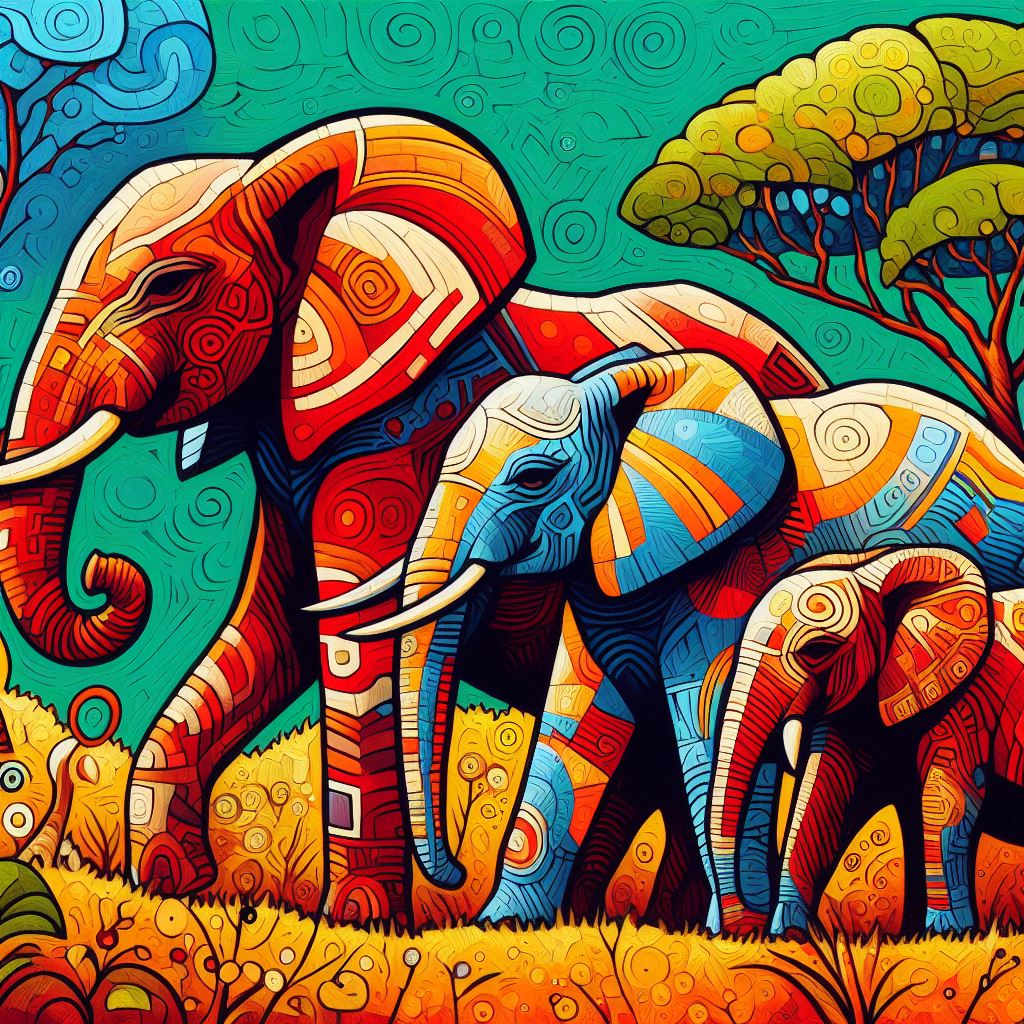Size Guide
|
Centimeters (CM) |
Inches (IN) |
|
50CM x 40CM |
19 11/16 in X 15 3/4 in |
|
50CM x 50CM |
19 11/16 in X 19 11/16 in |
|
60CM x 60CM |
23 5/8 in X 23 5/8 in |
|
70CM x 50CM |
27 9/16 in X 19 11/16 in |
|
80CM x 60CM |
31 1/2 in X 23 5/8 in |
|
100CM x 80CM |
39 3/8 in X 31 1/2 in |
|
140CM x 110CM |
55 1/8 in X 43 5/16 in |


